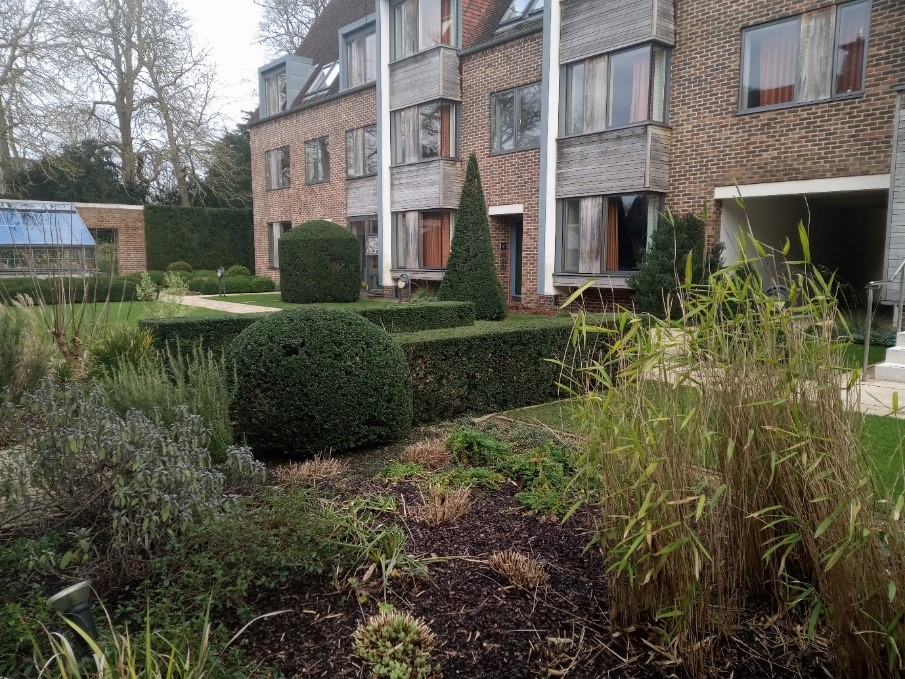The bark of willow trees (Salix) contain salicin which the body converts to salicylic acid, the active ingredient in aspirin. This property was known by the Ancient Greeks and Egyptians who used the bark as a painkiller. However, salicylic acid was first made from another plant, Filipendula ulmaria (meadowsweet) in 1835 and this resulted in aspirin (acetyl-salicylic acid) being introduced in 1899. Filipendula ulmaria used to be called Spiraea and the reference to aspirin’s origin is in the “spir”.
I suspect the link with painkilling drugs and the opium poppy (Papaver somniferum) is better known. These poppies, found in many different styles of garden, give us three important drugs. Codeine is commonly used as a medium strength painkiller. Morphine which is unrivalled for severe pain relief after surgery and prescribed to relieve pain from broken bones. There is a synthetic derivative which is even better for severe pain relief but is highly addictive and is known as heroin. Finally, there is papaverine, which although no longer used, has a synthetic version, used to treat heart problems.

Yew topiary at Wychfield
Yew trees (Taxus baccata), often found in churchyards, can live for many hundreds of years and are very versatile garden plants, ideal for hedging or topiary. I first heard of their use in medicine working as a volunteer at Anglesey Abbey where we were asked to collect the yew hedge clippings so they could be sent to Addenbrookes Hospital. The yew clippings were collected to make the drugs but both paclitaxel and docetaxel can be made synthetically.
It was in the 1960’s that the yew tree’s role in the treatment of cancer was discovered. The Taxol compound was found in the bark of Pacific yew trees (Taxus brevifolia). This compound is also in the needles. Taxol proved not only to be very effective in treating cancer but also very valuable in research. The European yew (Taxus baccata) contains Taxotere, another highly effective compound.
Snowdrops (Galanthus) are being used to help Alzheimer’s sufferers. Although the bulbs are poisonous if eaten, they contain an alkaloid called galantamine. Snowdrops also may have their part to play in the treatment of HIV. A protein they produce is being researched as a possible treatment.
Until the compounds extracted from plants can be made synthetically, they need to be harvested. For example, it used to take the bark of eight Pacific Yew trees to treat one person. Genetic engineering may be another way; if certain plants can be genetically modified to be used in medicine this will save wild plants being overharvested.
However, one thing is certain, there is still so much we don’t know about plants or indeed about our natural world.
I have been very lucky to have learnt a lot from some very knowledgeable horticulturalists, but I have also used information from the Chelsea Physic Garden, Natural History Museum and Cancer Research to confirm my understanding.
By Louise Ellis-Aylott, Gardener
Main image: Field of opium poppies, Pixabay